Title
Description
Text here...
Ingredients
Text here...

In Thailand, food forms a central part of any social occasion, and it often becomes the social occasion in itself or a reason to celebrate. This is partly due to the friendly, social nature of Thai people, but also because of the way in which food is ordered, served, and eaten. Family and friends unite and share through food.
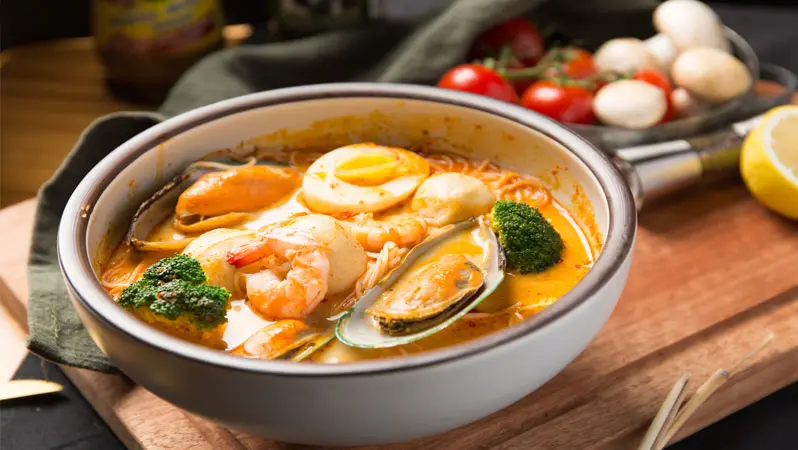
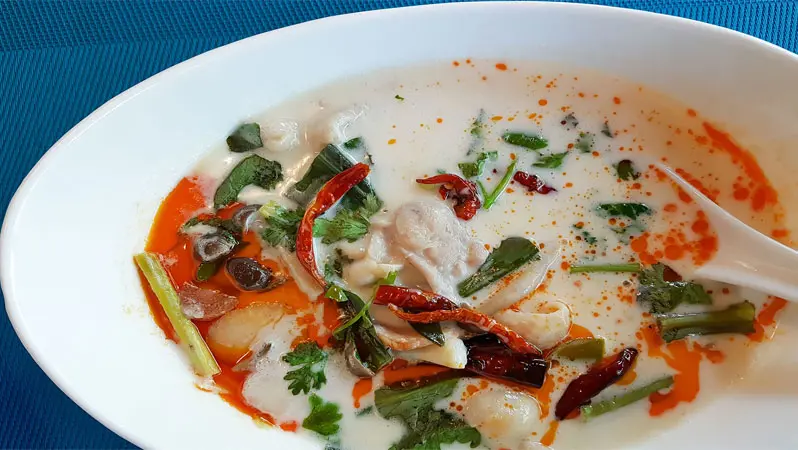

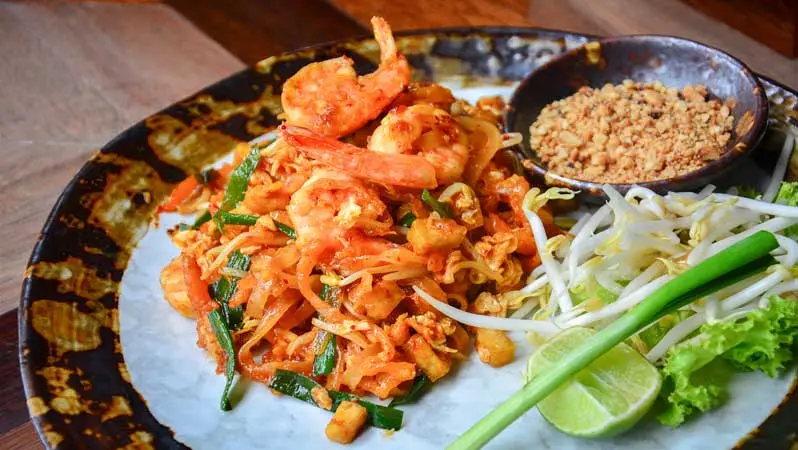
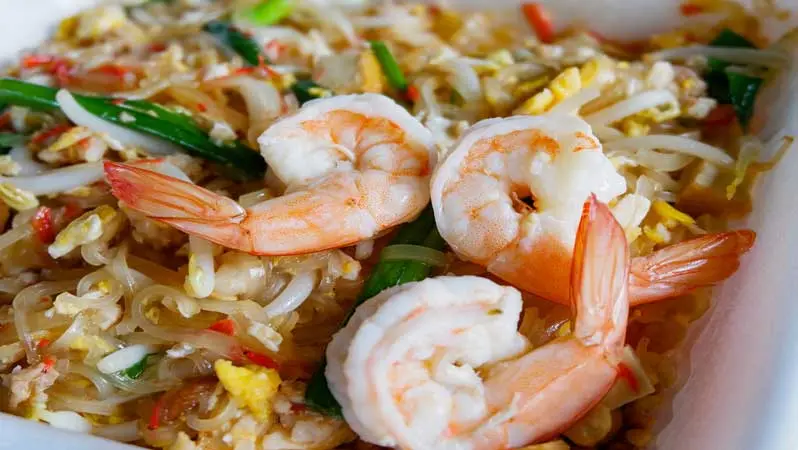
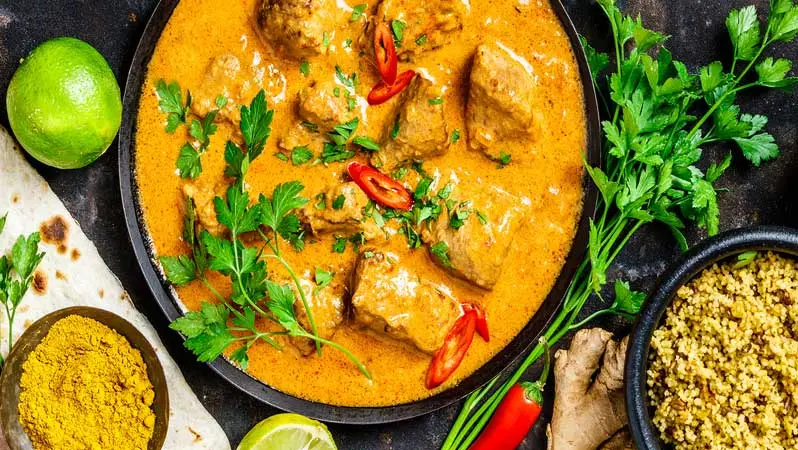
A typical Thai meal includes five main flavors: salty, sweet, sour, bitter, and spicy. Indeed, most Thai dishes are not considered satisfying unless they combine all five. While the seasoning can be spicy for a foreign palate, Thai food ensures that a balance of all flavors is present.
When eating out, or making a meal at home, a group of Thai diners would eat a variety of meat and/or fish dishes, plus vegetables, a noodle dish, and possibly soup. Everything is shared, except the soup each person might order, or each person gets a personal bowl to get a serving of the soup. Dessert may consist simply of fresh fruit, such as pineapple or any of the thousands of tropical fruits that are common in the country (guava, durian, mangosteen, papayas, bananas, tamarind, or mangoes, amongst many). Or it could be something more elaborate, like colorful rice cakes, rice dumplings coated in coconut, grass jelly, or a bean dessert.
The formal presentation of food is another important aspect of Thai culture. Attention to detail and how pretty it looks when served are relevant to the eating experience. Regardless of the beautiful flavors it provides, the dish has to look appealing, and this aspect honors the respect Thai culture has for its food and ingredients. Thai food presentation is among the most exquisite in the world; serving platters are decorated with all variety of flower-carved vegetables and fruits, palace-style stir-fries include elegantly carved vegetables within the dish itself. Chefs are trained in the art of carving because food needs an extra layer of attention beyond cooking and into the realm of the aesthetic.
Most dishes come in bite sizes, a clever way to get around the fact that Buddhism discourages cooking a whole animal. So fish, beef, pork, and chicken are sliced before cooking, alongside all of the other ingredients, also chopped and cubed.
Although the Chinese brought chopsticks to Thailand long ago, most Thais prefer to use Western cutlery, though in their own special way. Thai cutlery generally consists of a fork and large spoon. The spoon is held in the right hand and used in place of a knife, and the fork helps to arrange the food on the spoon before bringing it to the mouth. As all ingredients in the dishes come already cut-up, there is no need for a knife.
When eating, Thais do not combine various foods on their plates, but rather, they sample one dish at a time, always eaten with a mound of Thai fragrant rice on an individual plate. Bowls are used mainly for soup, not in place of an eating plate, like in other Asian traditions.
Aside from meals, Thais are renowned “snackers”. It is easy to pick up a quick but delicious snack for mere pennies along the roadside or at marketplaces in Thailand. Popular snacks consist of spring rolls, chicken or beef satay, raw vegetables with spicy dip, soups, salads, and sweets.


